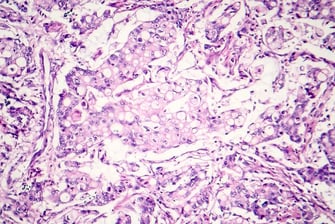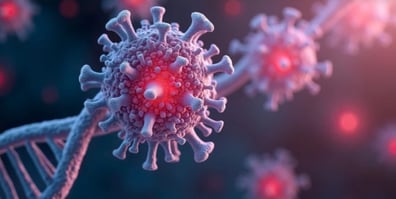Regulators Are the Key Decision Makers in a Multistakeholder Environment
The COVID-19 pandemic has led the public to become more aware of and familiar with the names of regulators and regulatory agencies (e.g., FDA, EMA) inside the pharmaceutical and biotech sector and the balance they need to find between benefit and risk. Defining this balance has become more complex as technology has moved from small-molecule medicine to biologics and monoclonal antibodies and now cell and gene therapies with companion diagnostics to devices and digital applications. At the same time, society is seeking greater transparency on these decisions. Taken together, this has created today’s ecosystem of healthcare partners (patients, academics, physicians, payers) who regulators need to engage and to which the regulatory frameworks need to adapt.
New Technologies as a Challenge to Regulatory Frameworks Across the Globe
New technologies have meant new demands and challenges for the regulators. Novel technology, methods, and data sources have meant a review across the full span of their remit:
- Regulators are building greater interactions between academic research and the discovery community as they scan for new technology to both educate themselves and to best guide the academics who aim to transition and translate the science to the clinic
- Regulatory toolboxes to aid manufacturers as shortened clinical developments and more complex and bespoke products are now placing manufacture and scale up on the critical path of development
- Novel trial designs and accelerated strategies for encompassing more patient-centric outcomes. This has come hand-in-hand when partnering with other stakeholders (e.g., patients and HTA/payers) to ensure the medicine or technology indeed reaches the patient
- Engagement of digital health plus social media throughout the lifecycle of a healthcare solution, aiding more precise solutions and bringing greater transparency and connectivity while continuing to protect privacy
Regulators Work to Meet the Challenge
Regulatory and legislative frameworks still differ between regions despite more than 20 years of international harmonization. Furthermore, to meet the challenges previously noted, many of these frameworks are being reviewed or refreshed for their ability and agility to address the modern pace of change. Some examples of this include:
- FDA 21st Century Cures Act (2016), which was designed to help accelerate medical product development and bring new innovations and advances faster and more efficiently to the patients who need them
- China NMPA reform in 2015 and an update to Drug Administration Law in 2019 to encourage innovation and accelerate patient access
- Japan increased regulatory agility (e.g., Sakigake, Regenerative Medicine Act, 2013, 2019), including conditional approval and orphan designation
- EMA Regulatory Science to 2025 seeks to build a more adaptive regulatory system that will encourage innovation
The first FDA approvals for cell and gene therapies occurred in 2017, and while the pace of registration has not been as fast as originally anticipated, the European regulators are estimating 10 reviews per year by 2025. Many of these programs are in rare or ultra-rare settings, and we are seeing the truest test as to whether more regulatory agility is needed. Regulators from across the globe express wanting communication early and often (e.g., FDA INTERACT meeting) and to have this be part of a multistakeholder dialogue (e.g., EMA-HTA, UK ILAP).
Key takeaway
Medical and clinical regulations are evolving to be agile and responsive to the changing needs of society. Medicine at large can only benefit from these newer proactive and interactive communications between academics, investigators, and regulators.
Speak with an expert experienced in advancing complex therapies >




